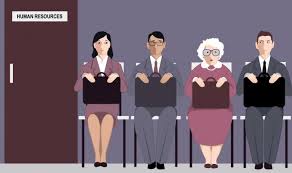The growing ecosystem of devices and products serving peoples’ health and well-being shows us that innovators already see the opportunity to serve the fast-growing market for self-care among people 50 years of age and up.
For nearly twenty years, one thing has felt inevitable: when boomers reach “old age,” senior living demand will surge. And yet ..
ChatGPT Health builds on consumer use of today's ChatGPT so responses are informed by your health information and context.
The prize honors .lumen’s Glasses for the Blind, an AI-based device that applies autonomous driving technology adapted for pedestrians. Using computer vision and local processing, the headset understands the three-dimensional environment in real time without relying on the internet or pre-defined maps and guides the user through subtle vibrations indicating a safe direction to follow.
The United States faces a fundamental mismatch between surging demand and insufficient capacity.

 Getty images show advertising’s ageist stereotypes. A new report from AARP this week zeros in on something we all knew:
Getty images show advertising’s ageist stereotypes. A new report from AARP this week zeros in on something we all knew:  It’s 2019 and in full sprint to the year-end finish. Soon you will launch a boomer/senior, home health tech product or service, or maybe a caregiver advisory service. As your company gets ready to travel into battle or a booth this fall with the sound of
It’s 2019 and in full sprint to the year-end finish. Soon you will launch a boomer/senior, home health tech product or service, or maybe a caregiver advisory service. As your company gets ready to travel into battle or a booth this fall with the sound of  sp of August and Labor Day's hurricane Dorian is behind us. Note how a
sp of August and Labor Day's hurricane Dorian is behind us. Note how a  MIT Technology Review’s "Old Age is Over" is thought provoking. Or in the case of the technology section – "
MIT Technology Review’s "Old Age is Over" is thought provoking. Or in the case of the technology section – "